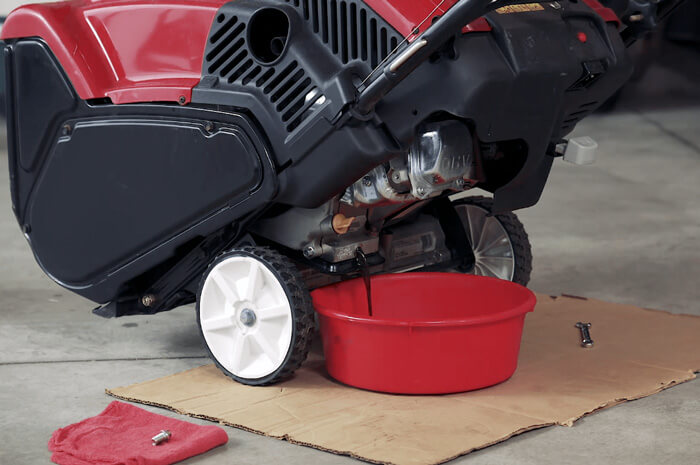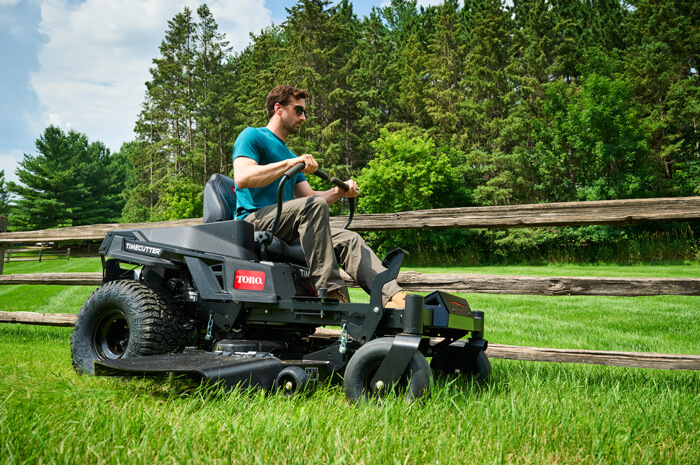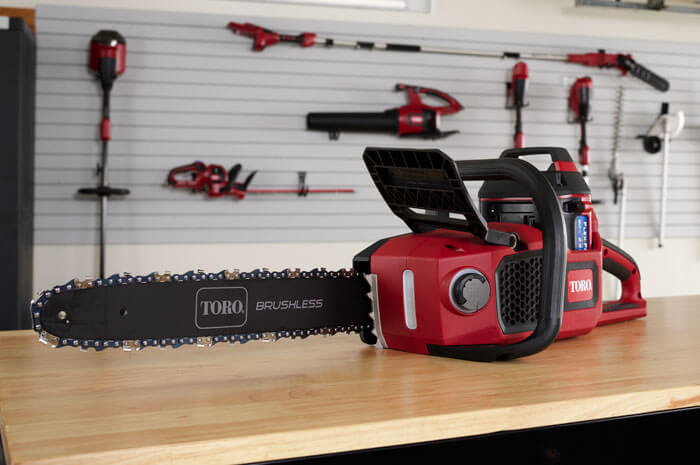
Your snow blower saves you a lot of work during the winter, allowing you to clear your driveway, sidewalk, and other areas with ease. However, just like most equipment, gas-powered snow blowers require routine maintenance — such as oil changes. Whether you own a Toro snow blower or any other brand, learning how to change the oil is relatively easy, and essential for the performance and longevity of your machine.
Fresh, clean oil works to lubricate your snow blower’s engine, protecting crucial parts from wear and tear. As your oil gets older, it becomes dark, muddy and less effective at reducing harmful friction. Performing regular oil changes will ensure that your oil never gets too contaminated. Toro recommends changing the engine oil at least once a year, and after the first two hours of running on new snow blowers.
Changing the oil in a snow blower has become fairly standardized over the years. Even across single-stage and two-stage snow blowers, the basics of oil changes are very similar. Of course, you’ll want to consult your owner’s manual for specifics, but here are the basic (and nearly universal) steps:
Snow Blower Oil Changes: The Basics
Select the Right Oil for Your Climate
The type of snow blower engine oil you need depends on how cold your winters are. If your area never gets more than a few degrees below zero (around -17 °C), 10W-30 oil will work perfectly fine. For colder climates, use a synthetic 5W-30 oil, which will work for most winter temperatures. Check your manual for more details.
Warm the Oil & Drain the Gas Tank
Before you change the oil, run your engine for around five minutes. This warms up the oil while stirring up any debris from the bottom of the engine, allowing both to easily drain out. If there’s any fuel left in the tank, run the engine until it’s dry or siphon it off to prevent any spilling.
Drain the Old Oil
Move your snow blower onto a level surface, laying down some cardboard to catch any spills. Place an oil drain pan directly under the drain plug, then remove the plug and carefully tip the machine backward. As the oil drains out, make sure the stream flows directly into the pan. Once the oil drains completely, you can reinstall the drain plug and tighten it securely.
Add Fresh Oil
Wipe around the oil fill cap to get rid of any dirt that could potentially fall into the filler hole. Remove the cap and carefully pour oil into the fill hole. Keep filling the reservoir until the oil level reaches the maximum mark, but be careful to not overfill it.
For snow blowers with a screw-in dipstick, insert the dipstick without screwing it into the threads for an accurate measurement of the oil level. Once this type of dipstick is screwed in, you no longer get a true reading.
Single-stage Snow Blowers
Start Changing Your Snow Blower Oil
Now that you’ve learned how to perform oil changes on single and two-stage snow blowers, you’re ready to maintain your machine for years to come, ensuring you’re ready to handle any snowstorms that come your way.
Do you have more questions about snow blowers? Check out Toro’s Help Center for information, videos, maintenance tips and more!



